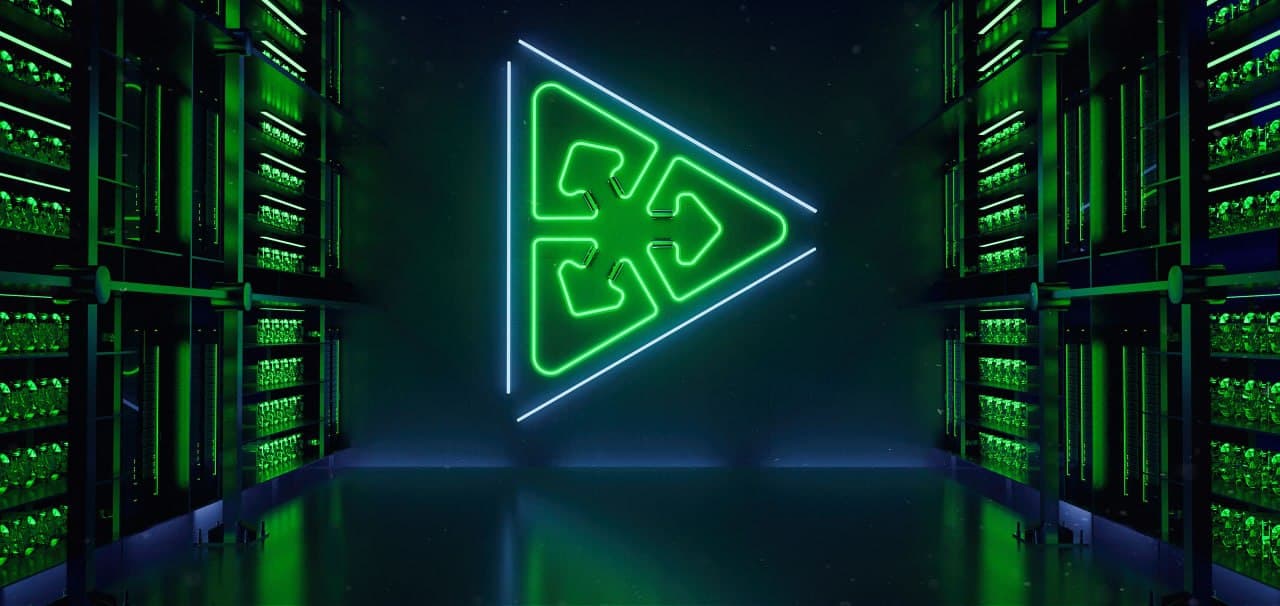From Bitcoin to Callisto Network: CryptoMining Evolution

Every day, search engines like Google receive literally hundreds of thousands of queries related to cryptocurrencies and mining. As mining is strongly associated with income, most of the videos and articles on mining on the web are related to profitability somehow.
Finding videos and articles describing the optimal process for assembling video card rigs, how to connect an ASIC, or installing new Bios to increase the hashrate is not difficult. One can easily find video reviews of enormous mining farms where hundreds or even thousands of GPUs are mining cryptocurrencies for their owners.
But, have you ever wondered why anyone would give away cryptocurrencies and why mining is important to networks? Let's look at mining from a network perspective and consider Bitcoin, Ethereum, and Callisto Network as examples.
How Mining Works?
Mining is a solution that allows transactions to be confirmed and blocks to be created independently. In the process, miners are rewarded with cryptocurrency for supporting the network's operation, especially the creation of new blocks. In a competitive struggle, the mining devices perform complex calculations to find a block hash. Through this competition, the risk of collusion is eliminated.
The miner who first found the current block's hash creates a block and receives a reward. Video cards and highly specialized ASICs are most suitable for mining. CPU mining and FPGA mining are less common.
Bitcoin
Terms like "blockchain," "mining," and "cryptocurrency" entered our world with bitcoin. Miners in the Bitcoin network create a new block every 10 minutes. These blocks contain information about current transactions and are associated with the previous and subsequent blocks, except for the first block associated only with the following blocks. The difficulty of Bitcoin mining is so high that mining is only possible with powerful Asics on mining pools.
Ethereum
The Ethereum 1.0 and Bitcoin blockchains have much in common. By combining, supplementing, and improving the ideas of Bitcoin and many previous altcoins, Ethereum has brought to our world new possibilities for building smart contracts and decentralised applications.
Although Ethereum 1.0 is quite similar to the Bitcoin blockchain, there is a significant difference as the average block time is 14 seconds and every block includes information about both transactions and balances of each user. Ethereum is a popular coin to mine, and therefore, the mining difficulty is very high. However, it still allows mining on pools using GPUs and solo mining with a high hashrate.
Callisto Network
Callisto Network took the Ethereum code as a base, so any changes made to Ethereum can be implemented to Callisto Network.
The introduction of Callisto Network has given a new meaning to mining and block reward concepts: in Callisto Network, the reward is distributed between miners, cold stakers, and the treasury. In addition, the idea of a Dynamic Gas Price was implemented, where the transaction fee is flexibly adjusted according to the network usage.
CLO coin mining can be performed on both video cards and ASICs. The good old Ethash/Dagger Hashimoto algorithm ensures that pool and solo mining can be performed, even for old devices with 4 gigabytes of RAM.
Mindful of good practice, Callisto Network has established guidelines about CLO pools on its website; To be an official pool, a pool must meet the following criteria:
- At least 3 GH/s or 50 active miners;
- No downtime.
PirlGuard
Considering the threat of 51% attacks, especially when the network hash rate is low, the Callisto team implemented PirlGuard as protection, thus completely eliminating such a risk.
While profitability is essential for mining, network stability is also crucial. No miner will be happy with a situation where the blocks found and, therefore, the reward is identified as illegitimate by the network.
PirlGuard solves this issue by penalizing the attacker when the fake blockchain starts to be broadcasted on the network, condemning him to mine a certain amount of penalty blocks. The number of penalty blocks imposed depends on the number of blocks mined privately by the malicious miner.
Mining and Cold Staking
How could we simultaneously mine new coins and limit the supply to the market? A combination of mining and staking solves this problem in part.
The ideas of the Callisto team have given rise to a slightly different vision of profitability by providing a double income for mining and holding coins. On the one hand, mining allows the creation of new blocks, which is necessary, but as a consequence, the number of coins increases.
This is where Cold Staking comes in. By rewarding CLO coin holders for depositing their funds in a smart contract, Cold Staking protocol offers an incentive to hold coins and thus partially reduces the supply on the market.
Therefore, the combination of mining and Cold Staking increases the amount of CLO coins and, at the same time, limits the supply in the market.
О Callisto Network
Новости Callisto Network
На сайте
- Графики изменения курса PIRL в реальном времени к BTC
- Dash: подробная информация о Dash, курс Dash онлайн к доллару и рублю
- Криптобиржа Binance интегрировала девятнадцать приложений в свой Web3-кошелёк
- Ethereum, Ethereum Classic and Callisto Network, a Common History
- Arkham: Alameda Research вывела $204 млн в преддверии подачи заявления на банкротство FTX
- Представлен Avalon Miner A1466I
- Графики изменения курса рипл в реальном времени к USD и USDT
- Графики изменения курса NEO в реальном времени к BTC, USD и USDT
- Есть ли майнинг в облаках? Факты об облачном майнинге. Стоит ли доверять облачному майнингу?
- Графики изменения курса биткоина в реальном времени к USD и USDT
01-08-2021